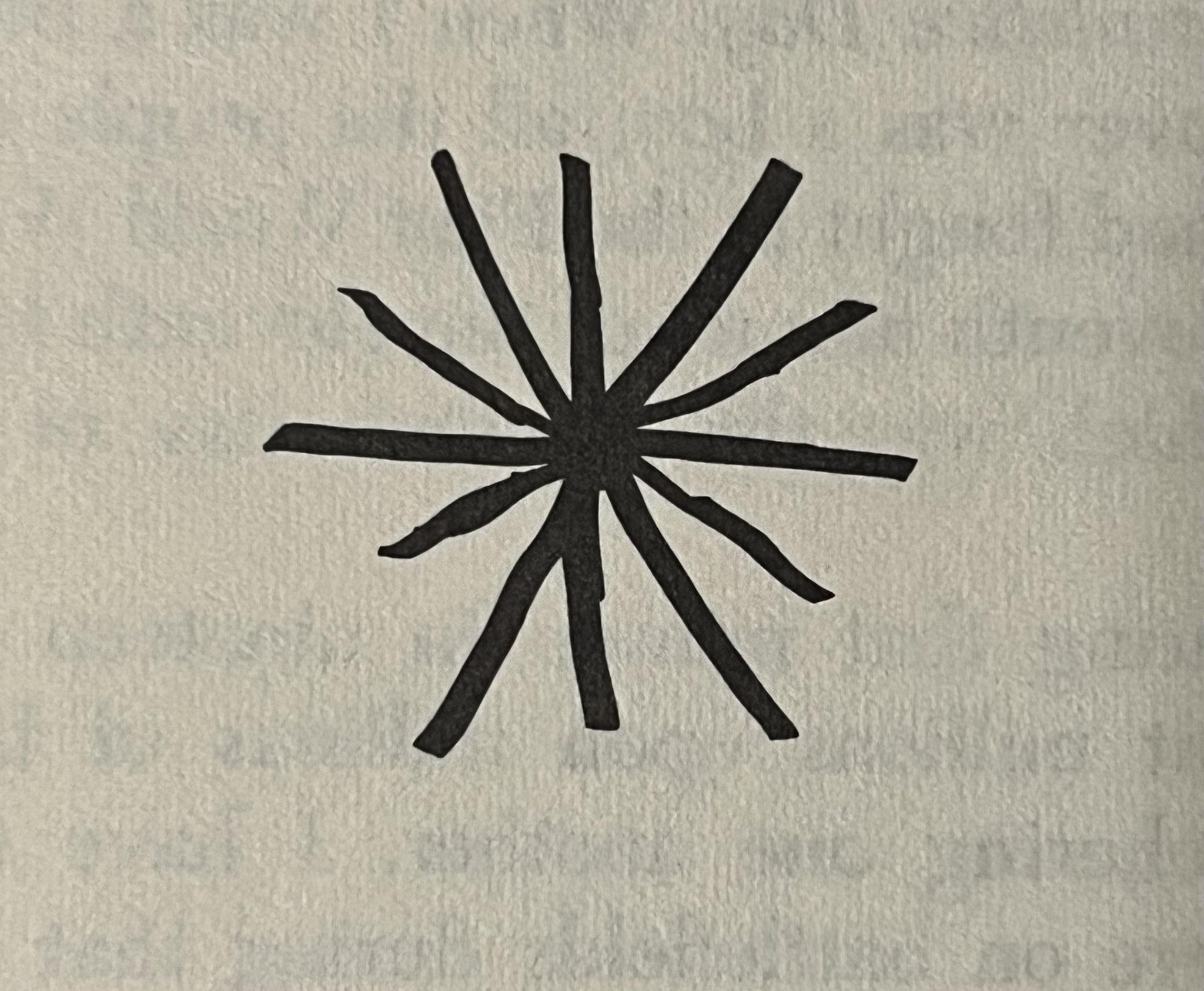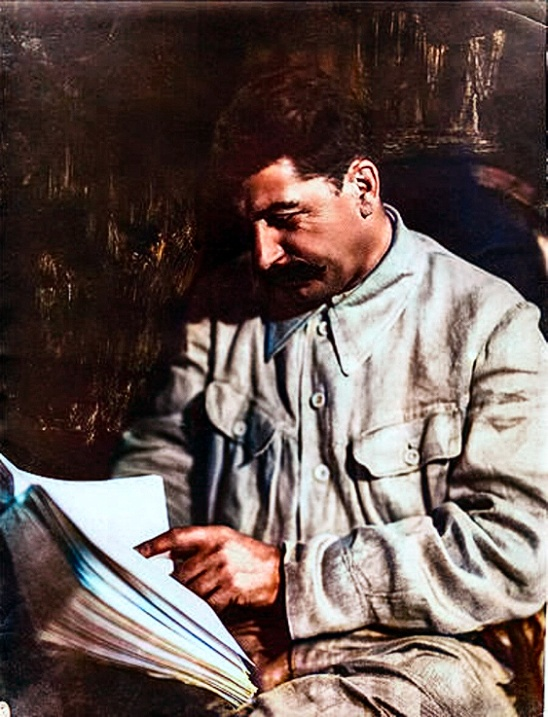

BRB, hiring a coyote to smuggle a cool Chinese EV over the border to avoid tariffs.


BRB, hiring a coyote to smuggle a cool Chinese EV over the border to avoid tariffs.






He’s pressing the Solarpunk button.



If you want to know more about that (time and capitalism), then this video covers it in a pretty interesting way: https://www.youtube.com/watch?v=hvk_XylEmLo


The book Poor Things was based on had a huge overarching theme of Sottish people being colonized and exploited by wealthy Londoners from the south, so erasing the Scottish ethnic identify of the protagonist was definitely a strange move. Completely robs the story of its original anti-imperialist message, but I guess there’s not much of an audience for that.


Here’s a good interview with a Marxist who has written books on the Arab Spring: https://catalyst-journal.com/2020/12/the-arab-spring-a-decade-later
Here is another interview with a middle east reporter: https://jacobin.com/2020/11/arab-spring-fundamentalism-corporatism-class-struggle-labor-power
And here is a good, 250 page book by leftist author Vijay Prashad, who also wrote the popular “Washington Bullets,” about the CIA and American anticommunism: https://www.goodreads.com/book/show/29563632-the-death-of-the-nation-and-the-future-of-the-arab-revolution


I like to imagine that’s what Lenin thought every day between, like, 1906-1917. Just a decade of “this shit is never going to end, it will only get worse, and no one is fucking listening to me.”


I have this half finished idea in my head that the dollar could be like, a commodity made out of state violence and its capacity to extort labor value by force
Well, “salary” comes from when the Roman Empire used to pay their soldiers in salt. And the word “soldier” derives from the Latin coin called the solidus.
There’s also a really nifty graph here showing how the value of Confederate currency plummeted in value right after the Battle of Gettysburg, which links fiat currency to the ability of the state to have a monopoly on violence very directly: https://eh.net/encyclopedia/the-economics-of-the-civil-war/


There is definitely a disconnect between Marx’s view on fiat money and the modern view. That is mainly because Marx was writing in the mid-1800s, and up to that point, almost all fiat currencies had been horrible failures. They led to economic problems in revolutionary America and revolutionary France. Even the Confederacy tried to make its own fiat currency in Marx’s own lifetime, which hyper-inflated to worthlessness in less than three years. So, if it seems like Marx does not spend a lot of time talking about money disconnected from the gold/silver standard, that’s because it was a pretty rare and mostly unimportant novelty at the time he was writing. The USA did not fully abandon the gold standard until 1973. So, “modern monetary theory” definitely goes beyond Marx’s ideas of fiat currency, because Marx was more focused on production, wealth accumulation, and the capitalist system as a whole than the money which mediated it. To put it another way, there wasn’t a lot of “data” at the time about what a fiat currency behaved like in the long-term. And without that data, Marx couldn’t speculate or draw meaningful conclusions.


Kissinger is smiling in hell right now.
 : “Go gett’em, kid.”
: “Go gett’em, kid.”


The ball is in Iran’s court now, essentially. Hard to predict what their leadership will do.


‘It may be dangerous to be America’s enemy, but to be America’s friend is fatal.’



Why did Saudi Arabia not simply make their country non-flammable?


My favorite fun fact about Marx is that when Proudhon wrote a book called “The Philosophy of Poverty” in 1846, Marx hated it so much that he wrote an entire book-length takedown of it, published in 1847, and called it, brilliantly, “The Poverty of Philosophy.”


the baked in incentive to hoard capital to produce commodities at lower prices / monopolize to charge higher prices
That is something Marx will talk about a lot, in detail, later in the book, especially in “Part VII: The Accumulation of Capital.” He actually gives a down-to-earth, simple example of one business owner who has X amount of profits, spends Y amount on himself, to buy a house, diamonds for his wife, toys for his kids, dinners at fancy restaurants, etc., and then invests X - Y = Z back into the company. Modern corporations are much more complicated than this, because they have thousands of investors, or even millions somtimes, if we consider Vanguard-esque retirement funds. But yeah, Marx basically sees most industries as naturally tending towards monopolization. That is one of the main differences between Marxist and liberal/libertarian economics. You can’t compete your way out of this problem.
Furthermore, many Marxists in the past 150 years have predicted that this tendency to ever-more monopolization and increasing “economies of scale” for large corporations will lead to a race to the bottom, with rates of profit continuously falling across the board. Some Marxists even believe falling rates of profit will be the main thing triggering the next big worldwide war/revolution, although that is a hotly debated topic.


So in Capital, use value is more properly understood as the qualitative description of a commodity, like “red” or “nutritious”.
Yes, I agree with this. I think one of the reasons Marx separates Use Value and Exchange Value is to examine the basic “atom” of the economy - the commodity - through two different lenses, the qualitative and quantitative lenses. Use Value is a qualitative way of looking at a commodity, and Exchange Value is a quantitative way of looking at it. And Marx is asking us, as readers, to consider the Use Value, Exchange Value, and the actual price we pay for the commodities we use in our everyday lives, to try to get us to examine the world around us in a more critical way.


So, both the labor theory of value and “supply and demand” can both coexist in Marx’s framework. They are compatible ideas. On the most basic level, cloth from a loom has a “use value.” I can take the cloth and use it as a towel or a wash-cloth. Or, I can take the cloth, cut it up, and sew it together into a shirt, pants, etc. This “use value” is what basically determines the “demand” part of supply and demand. The “supply” part of supply and demand is basically determined by the labor that goes into making a thing. Someone has to plant the cotton, pick it, put it on the loom, dye it, transport it, sell it at the market, etc.
So, the higher a “use value” is, the higher the demand can be. And the more labor that has to go into making something, the lower the “supply” will be. This is a big, big oversimplification, of course. But to continue the cloth example, if you look at high-quality, durable blue jeans vs. a simple washcloth, the blue jeans have more “use value” to you as a consumer, so they can have a higher demand, increasing their price. You can then take the basic “use value” of the blue jeans and find its “exchange value” by looking at all sort of different things, including advertising, artificial scarcity, etc., which affect demand, and things like labor laws, monopolization, transportation infrastructure, etc. which affect supply.
The main difference between “exchange value” and price is that “exchange value” is independent of many complicating factors affecting price, like currency exchange rates, geographical differences in standard of living, etc. For example, the same blue jeans, with the exact same “use value” and “exchange value,” might be sold at a higher price in New York City than Boise, Idaho, because people there are willing to pay more money for the same jeans. In a more online example, the exact same video game is sold at wildly different prices in different countries with different currencies. Discounts and sales affect prices even more drastically. But the existence of a coupon/discount does not change the “use value” of a game, or even its abstract “exchange value,” just the price you pay for it.
This is actually a very subtle issue, with a lot of complicated details to work through. Here an entry about it from the literal “Encyclopedia of Marxism:”
Exchange-value differs from “price” in two ways: firstly, price is the actualisation of exchange-value, differing from one exchange to the next in response to a myriad of factors affecting the activity of exchange; secondly, price is the specific value-form, measuring the value of the commodity against money.
But to sum it up, Marx does believe in “supply and demand,” which is perfectly compatible with the labor theory of value. It’s just that labor determines the “supply” side of supply and demand. Because it is laborers who are ultimately “supplying” the raw materials, and the labor that goes into turning those raw materials into usable commodities. Hope this helps!


Upside: +2 intelligence, +2 wisdom
Downside: -2 charisma (you will constantly have to urge to explain materialist theory to people complaining about the world’s problems)


Here’s a YouTube playlist of the audiobook. I might be biased but I find this guy’s voice very clear and easy to understand: https://www.youtube.com/watch?v=GmgycyY5saM&list=PLUjbFtkcDBlSHVigHHx_wjaeWmDN2W-h8
I think you just discovered the plot for The Fast and the Furious 10.